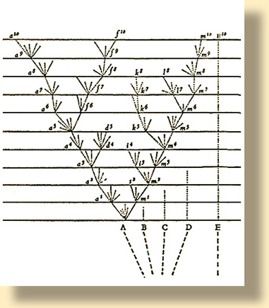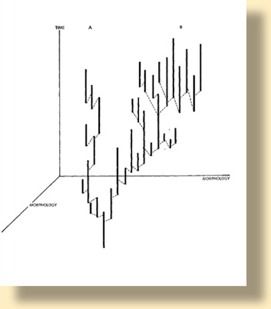|
Ecological Genetics of Cepaea nemoralis
in the French & Spanish Pyrenees:
Investigating evolutionary stasis
Cepaea nemoralis is a colourful land snail found throughout
north-western Europe. Natural selection by the climate and birds plays a
significant role in the frequency variation of shell coloration genes.
Enzyme and DNA polymorphism, together with the snail's ecology, have all
been well studied too, making Cepaea a valuable model for
investigating evolution in the wild.
 The land snail, Cepaea nemoralis
Phase II of a long-term project on Cepaea nemoralis is underway:
studying a hybrid zone between enzymatically distinct geographical areas in
the central Pyrenees, at 25 year intervals. Currently, we are testing the idea
that rehybridization between diverging populations is an important mechanism
for maintaining evolutionary stasis on geological time scales through the
mechanism of temporary hybrid advantage.
|

Vallée du Lys, French Pyrenees
Looking SW to Pic de Maupas (3109m)
The phenomenon of 'evolutionary stasis' (that of remaining unchanged over
surprisingly long periods of time) is shown by most living creatures.
Understanding its causes will illuminate better what happens at transition
points, and help us discover why the tree of life is not the smooth branching
pattern it was once thought to be.
The pattern of life
|


